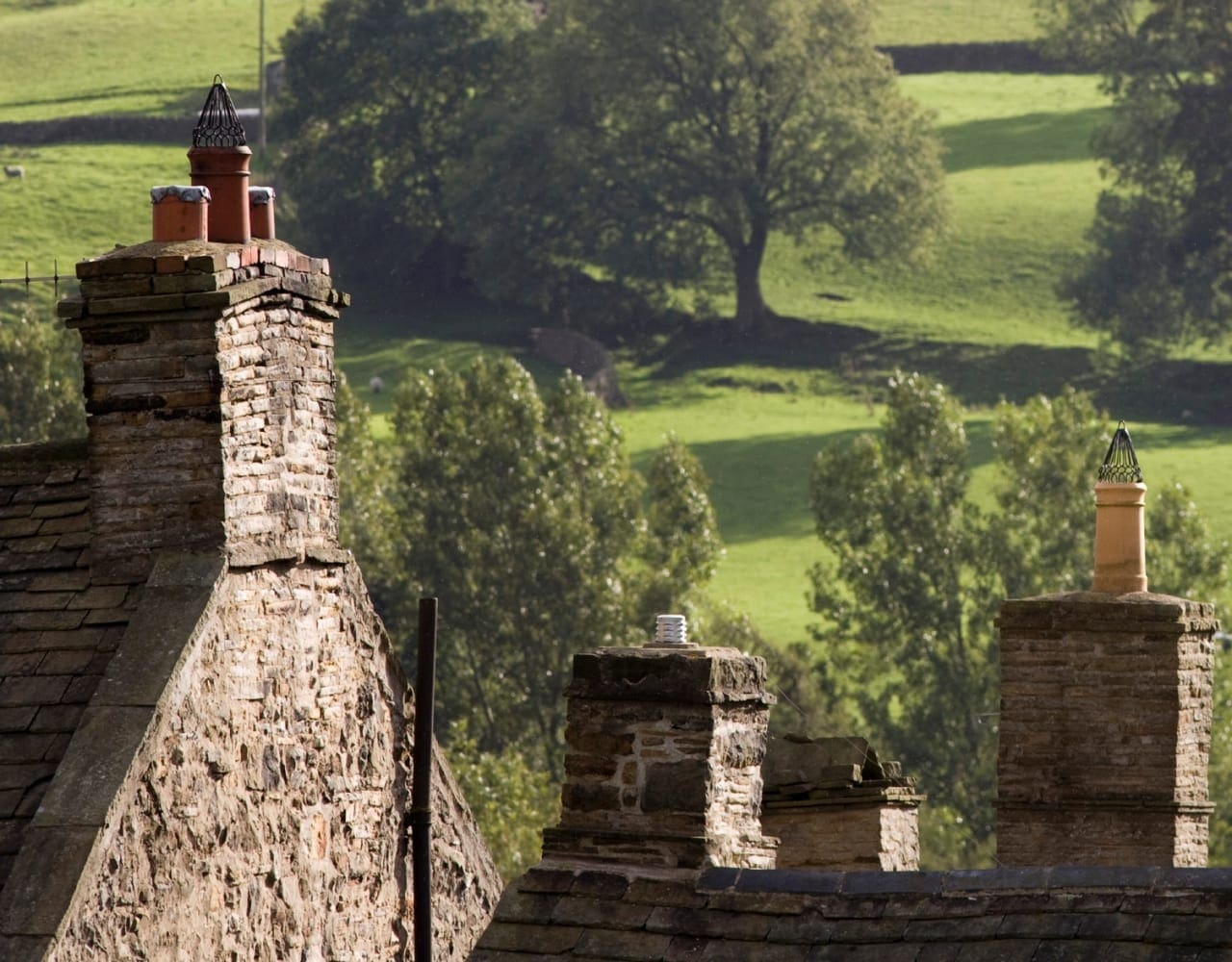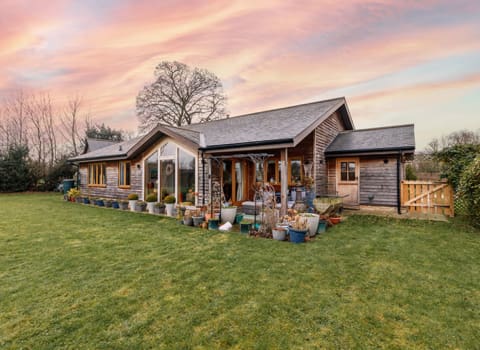Contact our offices
Main office
COLBURN
5 & 6 BAILEY COURT
COLBURN BUSINESS PARK
RICHMOND
NORTH YORKSHIRE
DL9 4QL
Estate Agency Offices are located in
BARNARD CASTLE, BOROUGHBRIDGE & RICHMOND
Residential Management Team
Our Offices
- Alnwick
01665 568310
Email Officealnwick@gscgrays.co.uk - Barnard Castle
01833 637000
Email Officebarnardcastle@gscgrays.co.uk - Boroughbridge
01423 590500
Email Officeboroughbridge@gscgrays.co.uk - Chester-Le-Street
0191 3039540
Email Officechester-le-street@gscgrays.co.uk - Colburn
01748 897630
Email Officecolburn@gscgrays.co.uk - Driffield
01377 337180
Email Officedriffield@gscgrays.co.uk - Hamsterley
01388 487000
Email Officehamsterley@gscgrays.co.uk - Hexham
01434 611565
Email Officehexham@gscgrays.co.uk - Kirkby Lonsdale
01524 880320
Email Officekirkbylonsdale@gscgrays.co.uk - Penrith
01768 597005
Email Officepenrith@gscgrays.co.uk

Minimum Energy Efficiency Standards: Retrofitting Old Buildings
Following on from the Government’s consultation on the proposed amendments to The Energy Efficiency (Private Rented Property) (England and Wales) Regulations 2015, the Department for Business, Energy and Industrial Strategy have published their response. Subject to approval by Parliament, these amendments will introduce a landlord contribution, capped at £3,500 as well as removing a number of exemptions currently available, including the no cost to landlord exemption.
As many custodians of older properties will understand there is no ‘one size fits all’ solution to the issues of energy efficiency in historic buildings. Some research, even, suggesting that some improvement measures designed for more modern properties could in fact be harmful to the fabric of older buildings. It is therefore important to consider any measures both individually as well as holistically when considering improvements.
Whilst the capped contribution and a new ‘high cost’ exemption included in the amendments may remove the need for landlords to undertake large scale projects, there are a number of improvements that can be undertaken to improve the efficiency of a property. It is also not exactly clear how listed buildings are to be treated, with many local authorities unwilling to offer guidance as they themselves are unsure. However it seems sensible for owners of listed buildings to look at improvements that can be made as a way of ensuring that their properties can continue to be utilised in a future of changing priorities and drives towards sustainability.
Traditional windows can give clues about the history and development of a property and it is often desirable, and sometimes a requirement, to retain them where possible. This can, however, pose a number of issues, with efficiency being a major concern for many landlords. Replacing windows with more efficient, modern double glazed units, whether they be uPVC of timber, is often something that is considered as a way of improving the Energy Performance Certificate (EPC) rating of a property. This can be costly and in doing so you lose part of the history of the building. However unobtrusive and discreet secondary glazing is now available for historic properties, allowing the retention of traditional windows whilst simultaneously increasing the energy efficiency of the building. In some cases secondary glazing can reduce air permeability and draughts to a standard that is better than that required for new build dwellings under building regulations at a fraction of the cost of replacing the windows themselves.
The type of boiler and it’s controls in a property can make a real difference to the EPC of a property and upgrading these can significantly improve the efficiency of a property without damaging or altering its fabric. A new condensing boiler typically runs at an efficiency of 90 percent compared to 70 percent or lower for old G rated boilers. Combining a new boiler with a thermostatic-timer control can make significant improvements to a property’s EPC rating without making any material changes to the property itself, ensuring that it can continue to be utilised into the future.
Another thing that is often overlooked when people retrofit old buildings to improve efficiency is that of ventilation. Older properties are often not designed for modern standards of living, which often introduce vast quantities of moisture. Whilst the making a building more energy efficient often see the reduction of draughts, this can cause the build up of moisture throughout a property with detrimental effects to the fabric of the building, including mould, rot and freeze-thaw damage. A solution to this issue is the fitting of ventilation systems, such as Positive Input Ventilation (PIV) systems, which seek to remove moisture without the loss of heat from the property. It is important to consider the whole house when considering ventilation systems and not just concentrate on the main sources of moisture, being the kitchen and the bathroom.
Whilst these proposed amendments to the legislation will impose new financial obligations on landlords, it may provide an opportunity to look at older properties and consider the improvements that can be made, on a case by case basis. This can then help to ensure that these properties can be maintained and utilised at lower costs in the future.
If you require any additional information, or have any questions please contact:
[team-member name=”Alexander Terry”]

GSC Grays News
Residential Property Market: Recent Trends and Prospects for the year ahead
Read more







